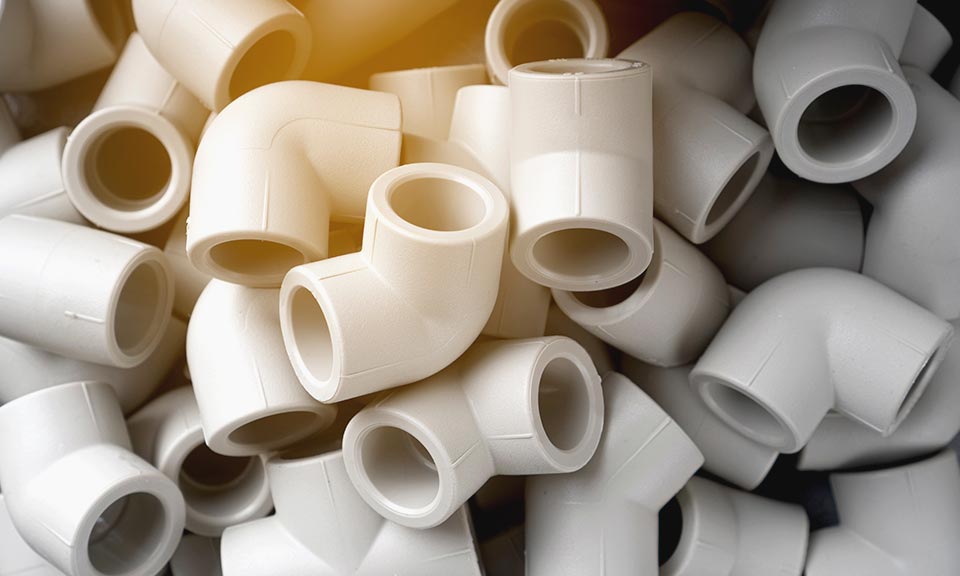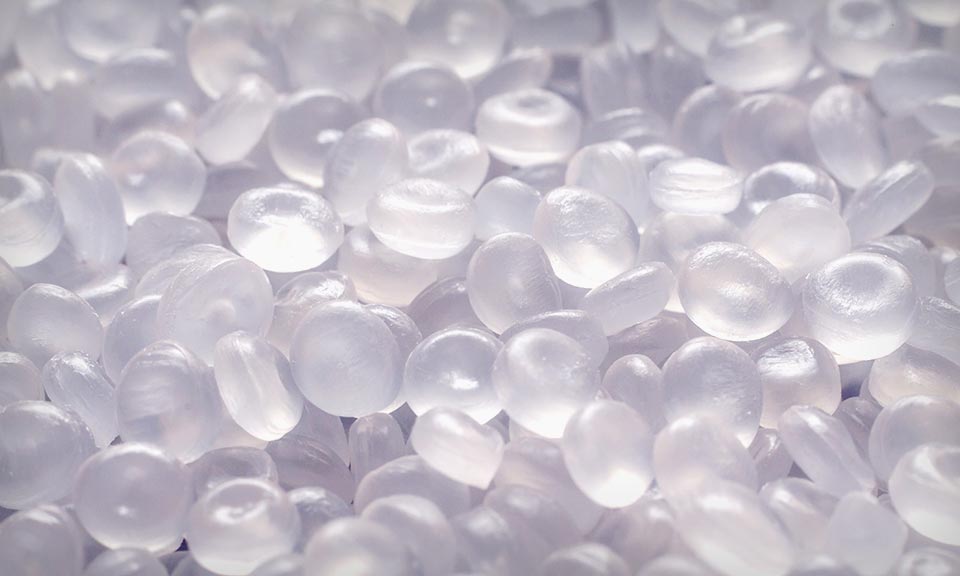Commodities 2023: Global PVC demand recovery in H1 hinges on China

Global polyvinyl chloride markets face uncertainty going into 2023 with sluggish demand seen lingering across the regions.
PVC prices in Asia and the US fell hard through much of 2022 and may enter 2023 having hit a bottom, market participants in both regions said.
However, Chinese demand has yet to rebound from periodic shutdowns despite minor steps to ease its zero-tolerance COVID policies. The US may see more interest rate hikes to combat inflation, which have suppressed domestic PVC demand. Both regions stepped up exports amid thin global demand.
And Europe enters the new year facing a recession amid high energy prices and inflation, and no end in sight to the Russia-Ukraine war.
"We don't see anything in the next year that will have a sustainable margin recovery other than shutting down," said Rob Stier, senior lead of global petrochemical analytics at S&P Global Commodity Insights. "If there is a recovery, it will be led by the US."
Sentiment for European caustic soda and PVC in 2023 was expected to depend on the severity of the recession and its impact on demand.
Along the chlorine chain, producer margins were driven by a balancing act between caustic soda and vinyls, with one compensating for the other's losses.
Demand for both was strong in 2021 with PVC ahead, but in 2022, PVC demand softened amid economic pain and high energy costs that forced chlor-alkali production cutbacks amid surging caustic soda prices.
Chlorine production issues tightened caustic soda availability, prompting hurried orders of US material that briefly pushed US export prices to an all-time high since Platts first began assessing the market in 2004. At the same time European spot PVC prices plunged but remained among the highest in the world going into 2023.
Market participants expected further weakness for European caustic soda and PVC in the first half of 2023 as consumers rein in spending and shun big-ticket purchases.
"High [caustic] prices are causing demand destruction," a caustic soda trader said in November.
Another trader said "a kind of normalization" was emerging in 2023, while in the interim, European producers benefitted from high caustic prices that cross-subsidized PVC.
Integrated US producers were also entering 2023 running chlor-alkali plants at high rates to capture strong caustic soda prices, while PVC prices and demand softness were expected to linger amid mortgage interest rates inching below 7%, but remained volatile, market sources said.
US export PVC prices fell nearly 62% from May 2022, while export caustic soda prices climbed nearly 32% from May to November before retreating. US caustic soda capacity has fallen 9% since March 2021, largely on Olin's string of shutdowns, which has also supported caustic soda pricing.
However, the strength in caustic soda prices was expected to soften as well going into 2023, though a decline could be slow. Caustic soda demand and pricing took months to catch up to rising prices in the PVC production chain that began in mid-2020.
"It usually comes late to the party, and it stays a little longer," Westlake COO roger Kearns said in November. "We expect to see that again this time."
Westlake is among resin producers that have reduced rates and hiked exports in response to softening demand for durable plastics. While a slowdown in US interest rate hikes could prompt an uptick in domestic demand, market participants said a global recovery depends on whether domestic Chinese demand rebounds. That would prompt China to reduce exports, giving US outflows less competition in global markets as customers enter 2023 having destocked inventories in the final months of 2022.
"The real driver on this, though, is China. China demand is still quite slow," Kearns said in November.
Asia's PVC market could rebound in early 2023, but market sources said a comeback would likely be limited without a full demand recovery in China.
Asian PVC prices dropped sharply through 2022, and December offers came at the lowest since June 2020. Market sources said those levels appeared to spur spot buying, raising expectations that the slide could have reached its bottom.
Sources also pointed out spot Asian PVC supplies could hold at lower levels in 2023 compared with 2022 with operations running at reduced rates in line with lesser output by upstream steam crackers.
Trading sources expected US-origin PVC flows to Asia to slow down in early 2023. However, US sources said those flows could increase if China's demand rebounds, leading to fewer Chinese PVC exports.
China's PVC exports reached a record high 278,374 mt in April, according to customs data. Those outflows slowed later in the year as US PVC export prices fell in tandem with lower Asian PVC prices as well as plunging freight rates, which restored Asian PVC's global competitiveness.
By October, China's PVC exports stood at 96,630 mt, the lowest since August 2021, the customs data showed.
Some Asian market sources said China was expected to relax strict measures in 2023, but awaited any such official announcements beyond some minor changes in late 2022. Together with high utility costs, China's PVC plant operations declined from 70% to 56% in late 2022.
News
Geopolitical pressures — including rising resource nationalism and a year in which over 50% of countries will be having elections — as well as inflationary pressures have sent energy transition progress into “discord.” A specialty chemicals panel session held March 19 at the World Petrochemical Conference by S&P Global in Houston, Texas, tracked the challenges and opportunities of the energy transition for the industry. Speaking at the session, Roman Kramarchuk, head of climate markets and policy analytics at S&P Global Commodity Insights, said that if the short-term scenario continues, global temperatures could rise 2.4 degrees Celsius by 2100, far above the Paris Agreement’s goal of a 1.4-degree increase. “Over the past few years, we’ve certainly been trending more towards our ‘discord’ scenario,” Kramarchuk said. “We’re trending toward a longer runway for fossil fuels and less [greenhouse gas (GHG)] emission reductions. This is a case of less GDP growth, less trade and less technology transfer.” Since 1990, world GHG emissions have grown 45%, with mainland China, India and the Middle East representing the biggest increases in emissions, at 304%, 241% and 181%, respectively. Over the last 25 years, the Commonwealth of Independent States and the EU have cut their emissions the most, with decreases of 39% and 31%, respectively. The US has cut emissions 1% since 1990. Of S&P Global Commodity Insights’ three energy and climate scenarios, only one, “green rules,” has global temperatures near the Paris Agreement’s 1.5-degree goa, with an expected increase of 1.7-degrees Celsius by 2100l. The “green rules” scenario, however, assumes more technology transfer, cooperation and policy-driven outcomes than is currently happening. “2030 is not that far away,” Kramarchuk said, “and when you think about what the energy transition will take, solar panels can be constructed fast, but anything beyond that — like an onshore or offshore wind plant or a nuclear unit — we’re getting into lead times of 5, 10, or 20 years.” While the US Inflation Reduction Act has helped speed these transformational energy products along, there are still a lot of slowdowns in permitting, especially in Europe. “We joke that there needs to be a ‘Complexity Reduction Act’ in Europe to move things forward,” Kramarchuk said. Harald Schwager, deputy chairman of Evonik Industries AG’s executive board, added that companies are stuck in a hard place. Evonik has signed power purchase agreements (PPAs) to be powered fully by renewable energy by 2030. “The question will be, will production capacity be hampered by the regulatory process and will we have sufficient infrastructure in place to transport enough renewable power for site demand by then,” Schwager said. Distant peaks Commodity Insights’ energy and climate base case pegs the peak years for coal, oil and gas demand to be 2022, around 2030 and 2040, respectively. “When there is a surprise need for energy,” Kramarchuk said, pointing toward the COVID-19 pandemic and a drought in China, which caused a boost in coal usage, “fossil fuels fill that need.” However, “there’s more investment in renewable capacity than we’re seeing in upstream oil and gas,” Kramarchuk said. Under all scenarios, renewable electricity will be the lion’s share of newly generated energy sourcing. Rebecca Liebert, president and CEO of Lubrizol Corp., said that it is the duty of specialty chemical producers to be agile and proactive in bringing innovative and more sustainable products to market. “Political and technical factors are all things we must account for in our bring-to-market timelines. And we get it right a lot of times, but we get it wrong some of the time. Sometimes you get to market before the market is ready for your product. And I think that’s great, to have a solution on the shelf as the market comes along.” Schwager agreed: “In the specialty chemical industry, we have more good ideas than we have money. And there’s no regret on moves for improved efficiency.” While there has been little movement on target setting and market-based mechanisms for growing renewable energy, COP28’s first global stocktake committee called for “countries to contribute to triple global renewable energy capacity and double global energy efficiency by 2030.” “Even though we are heading for the discord path right now, with all the technology solutions and innovation pushes, we’ll be shooting up ahead towards the ‘green rules’ scenario in the long-term,” Kramarchuk concluded. This article was first published in chemweek.com .

News
Two NGOs appealing against permits Initial plan was to start end of 2023 BASF is facing a delay of the operational start of its newly built precursor cathode active materials (pCAM) plant in Finland due to two non-governmental organizations (NGOs) appealing against already-granted permits, a spokesperson for the German petrochemicals company confirmed to S&P Global Commodity Insights Feb. 27. BASF initially aimed to start commercial production at the Harjavalta plant at the end of last year. “The necessary permit to operate this plant has been granted last year by the relevant authorities,” the spokesperson said. “However, two NGOs have filed an appeal against the already granted permit. Next steps and timing will depend on the furtherance of the judicial process before the Vaasa Administrative Court,” said the spokesperson. The pCAM plant will use renewable energy resources, including hydro, wind and biomass-based power and will be supplied with nickel and cobalt from Nornickel’s adjacent refinery. The plant is part of BASF’s plan to supply the battery industry and subsequently automotive industry with lower carbon emission cathode active material. Platts, part of S&P Global Commodity Insights, assessed cobalt metal in-warehouse Rotterdam at $15/lb on Feb. 26, stable from the previous assessment Feb. 23, while the nickel-cobalt black mass EXW Europe payables was at 54% Feb. 26, also stable.

News
The petrochemical landscape has been transformed in recent years by new technologies and the global energy transition, resulting in numerous production pathways and the development of more sustainable products. S&P Global Commodity Insights has created Chemical Connections , an interactive chart which shows the links between chemicals, from upstream feedstocks to derivative products. The second slide offers a map showing our price assessments and benchmarks for chemicals across the value chain around the world. These prices are used by market participants daily to write contracts, monitor their markets and achieve full transparency around transactions.